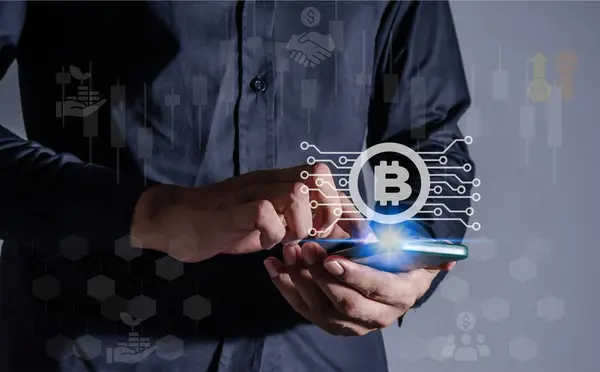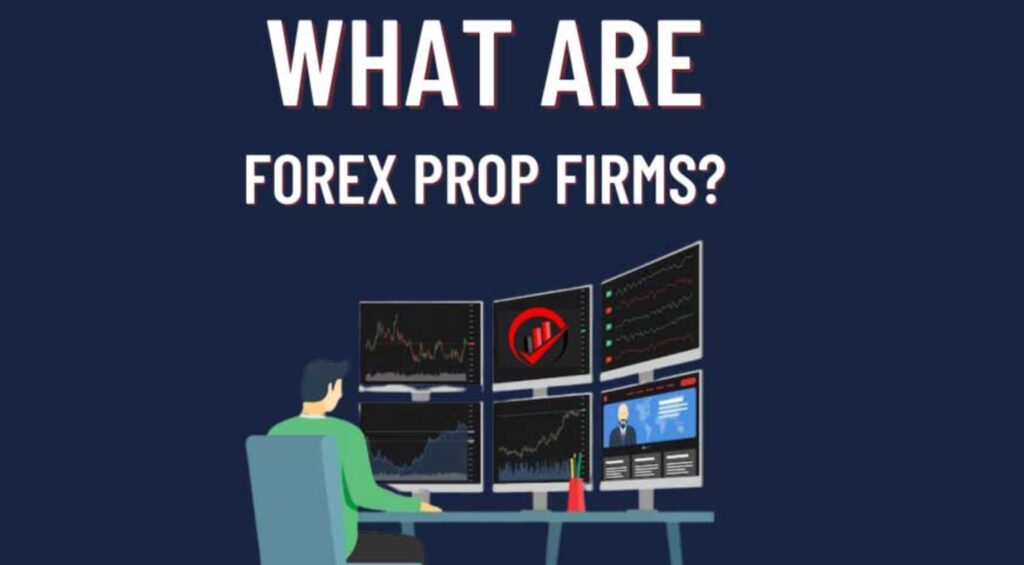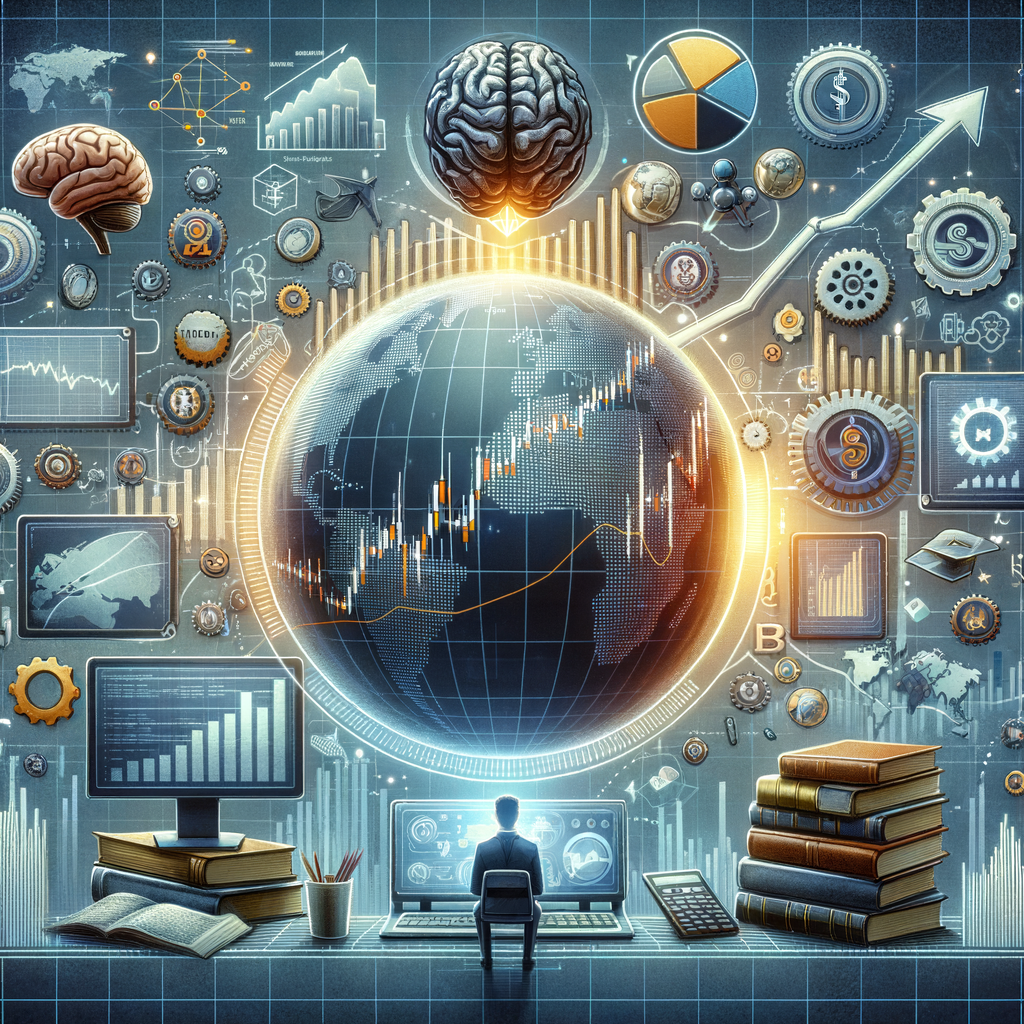Exploring the World of Automated Forex Trading

In the vast and intricate world of foreign exchange (Forex) trading, where currencies fluctuate in value against one another, the dawn of automated trading platforms has revolutionized how traders engage with the market. Automated Forex trading, at its core, involves using algorithms or Forex robots to execute trades based on predefined criteria, without the need for human intervention. This technological leap promises efficiency, speed, and the reduction of emotional decision-making that often plagues traders. As we delve deeper into the mechanisms and implications of automated Forex trading, it’s crucial to understand its components, from the sophisticated software that drives these systems to the diverse strategies they employ to maximize profits.
The Evolution of Forex Robots: A Deep Assorted Dive

The journey of Forex robots from their inception to their current state is a narrative of technological advancement and increasing sophistication. Initially, these systems were rudimentary, capable of executing simple trades based on a limited set of parameters. However, as computational power surged and algorithmic complexity evolved, Forex robots transformed into highly advanced systems. Today, they are capable of analyzing vast amounts of market data, interpreting economic indicators, and executing trades with precision. The evolution of these robots has not only made them more efficient but also accessible to a wider audience, democratizing Forex trading and opening up new opportunities for individual investors.
How Automated Trading is Changing the Forex Game

Automated trading is redefining the landscape of the Forex market in several profound ways. Firstly, it has significantly lowered the barrier to entry, enabling individuals with minimal trading experience to participate. Secondly, by removing the emotional component of trading, these systems can make decisions based on data and logic, potentially leading to more consistent returns. Furthermore, the ability to operate 24/7 allows these automated systems to take advantage of opportunities at any time of the day or night, capitalizing on markets across different time zones. However, while the benefits are clear, the rise of automation also introduces new challenges, including the need for constant monitoring to avoid potential malfunctions or unforeseen market anomalies.
The Pros and Cons of Using Forex Trading Bots

The debate surrounding the use of Forex trading bots is multifaceted, with compelling arguments on both sides.
Pros:
- Efficiency and Speed: Forex bots can process and analyze data far quicker than a human, executing trades within milliseconds.
- Emotionless Trading: These systems operate based on algorithms, eliminating the fear or greed that often influences human traders.
- Market Accessibility: Automated systems make Forex trading more accessible to novices, providing an entry point without the need for deep market knowledge.
Cons:
- Systemic Risk: Malfunctions or software bugs can lead to significant losses, especially if not immediately detected.
- Market Sensitivity: Bots may not adequately respond to sudden market shifts or news that a human trader could intuitively navigate.
- Over-Optimization: There is a risk of creating a system so finely tuned to past market conditions that it fails under future market scenarios.
Key Strategies for Successful Automated Trading

Successful automated trading in the Forex market requires more than just setting up a bot and letting it run. Key strategies include:
- Backtesting: Thoroughly testing your trading bot against historical data is crucial to ensure its strategy is viable.
- Risk Management: Implementing stop-loss orders and limiting the amount of capital risked on any given trade can help preserve your capital.
- Ongoing Monitoring: Regularly reviewing the bot’s performance and adjusting its parameters based on changing market conditions is essential.
- Diversification: Using multiple bots or strategies can spread risk and increase the potential for consistent returns.
- Education: Continuously learning about the Forex market and algorithmic trading can provide insights that help refine your bot’s strategy.
Navigating the Future: Trends in Forex Automation

As we look toward the future, several trends are likely to shape the next phase of automated Forex trading. Artificial intelligence (AI) and machine learning are becoming increasingly integrated into trading bots, enhancing their ability to learn from market patterns and improve their decision-making processes over time. Additionally, the rise of cloud computing is facilitating more sophisticated and resource-intensive computational tasks, enabling more complex analyses and strategies. Regulatory changes will also play a crucial role in shaping the landscape, as authorities seek to balance innovation with the prevention of market abuse. As these trends converge, the world of automated Forex trading is set to become even more dynamic, offering new opportunities and challenges for traders navigating this evolving landscape.
Comparison Table: Manual vs. Automated Forex Trading
| Feature | Manual Trading | Automated Trading |
|---|---|---|
| Speed of Execution | Limited by human reaction time | Executed in milliseconds |
| Emotional Influence | High | None |
| Availability | Limited to trader’s availability | 24/7 operation |
| Entry Barrier | Requires significant market knowledge | Lowered by predefined strategies |
| Risk of Error | Higher due to human error | Lower, but system errors can occur |
| Adaptability | Can quickly adapt to market changes | May require updates to adapt |
This comparison highlights the distinct advantages and challenges presented by both approaches, emphasizing the transformative impact of automation on Forex trading. As traders and technologists continue to explore and refine automated trading systems, the balance between human intuition and algorithmic precision remains a central theme in the ongoing evolution of the Forex market.







Manual trading has limits like human errors and emotions. Automated trading is faster and operates 24/7 but needs monitoring for errors.
Automated trading is changing Forex by making it easier for new traders. It can trade 24/7 and uses data, not feelings.
To succeed with automated trading, you need to backtest, manage risk, monitor performance, diversify, and keep learning.
Automated Forex trading is interesting. It uses robots to make trades without humans. This helps make trading faster and less emotional.
Forex robots have evolved a lot. They can now analyze big data and trade better. This helps more people to start trading.
Future trends in Forex automation include AI, machine learning, and cloud computing. These will make bots even smarter.
There are pros and cons to using Forex bots. They are fast and don’t get emotional, but they can have bugs and miss sudden market changes.
Comparison shows automated trading is faster and has fewer emotional errors. However, it can still have system problems and needs updates.